The concept of Mondeo Man is indelibly etched into the British psyche. As a demographic it was a key target in Tony Blair’s election campaign in the mid 1990s, and the car’s ubiquity put the phrase on everybody’s lips, as familiar a brand name as Hoover or Biro.
But as Ford announces that Mondeo production will end in 2022, Mondeo Man is no more. 29 years on from the launch of Ford’s world car the landscape is wildly different, focused not on the middle-ground but on aspirational crossovers, premium badges and, increasingly, electric cars. Today’s families prefer the Kuga, or even better, something with a star, a propeller, or three rings on the grille.

It seems apposite that just as the Mondeo’s story ends, the earliest models are, slowly but surely, becoming appreciated as retro classics in their own right. The others will surely follow – but in the meantime, we’ve taken a look back at nine moments that defined the history of Ford’s popular family model.
The predecessor: Ford Sierra
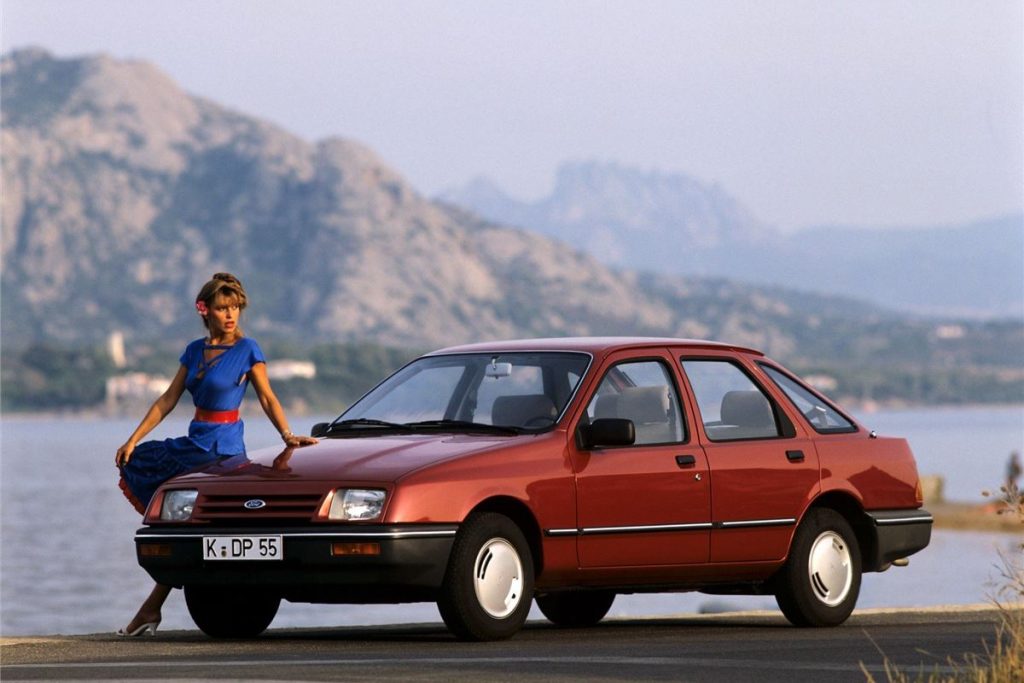
The story of the Ford Mondeo really starts 11 years earlier with the launch of the Sierra. Ford had a wide customer base willing to snap up whatever was put in front of them but its existing effort, the Cortina, was by now pretty long in the tooth. The advent of the 1980s saw an increasing focus on technology, aerodynamics and comfort and the Sierra’s “jellymould” styling – much more aerodynamic than the boxy Cortina – delivered.
As with the Cortina though, Ford perhaps leaned on the Sierra for too long, its rear-drive platform and Pinto engines looking increasingly archaic as rivals like Vauxhall and Peugeot fielded smart, front-drive saloons like the Cavalier and 405.
At face value the Mondeo was much less divisive than the Sierra was at launch – its styling broke no new ground whatsoever – but with a full lineup of Zeta twin-cam engines (later rebranded Zetec), and a fresh front-wheel drive platform whose dynamics were overseen by the transformative talents of Richard Parry-Jones, it was the right car at the right time.
Ford’s “World Car”
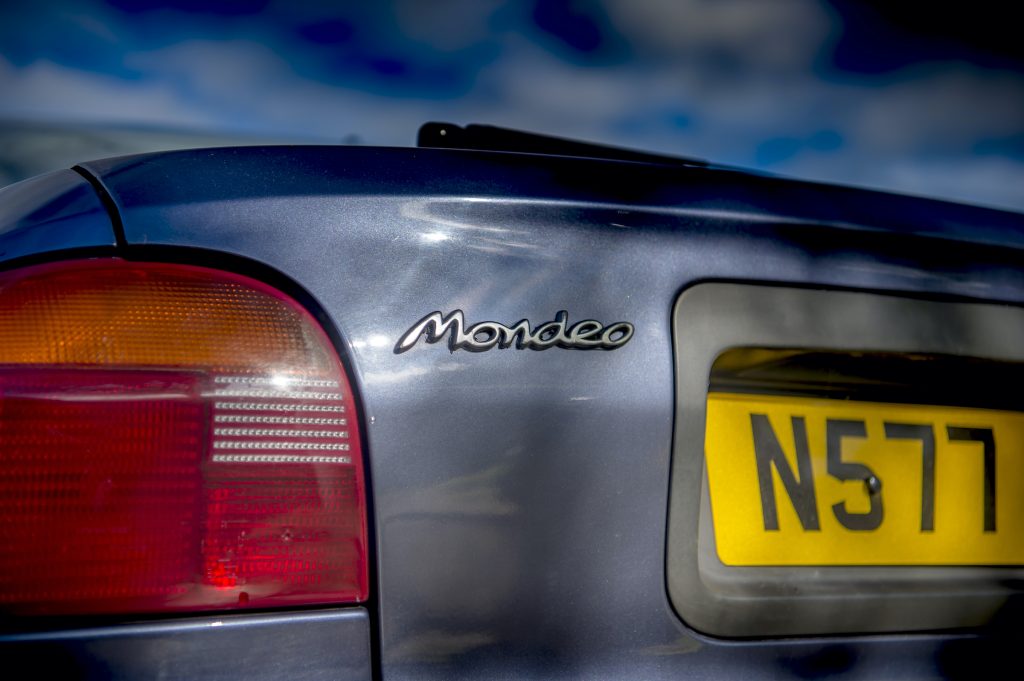
Naming cars is a dark art. What works in one language may not be suitable in another (we’ve all heard the stories about French MR2s and Spanish Mitsubishi Pajeros), and names carry plenty of baggage from the models that came before.
These days that means most names are a meaningless amalgam designed to work in any language, but the Mondeo’s own jumble of letters had a deeper meaning. Not only did it represent novelty after a decade of Sierra sales, but the Mondeo was developed to be Ford’s first “world car”, so the name was a play on Mundus, a Latin word for world.
Ford had sold plenty of models in global markets before such as Escorts and Capris, but the Mondeo was built from the ground up to be as relevant in Chicago as it was in Chigwell. The US version – the Contour – was quite different in reality, and time has shown the world car concept to be of mixed value, but at the very least it helped to explain the new Ford’s name.
Polishing out the imperfections
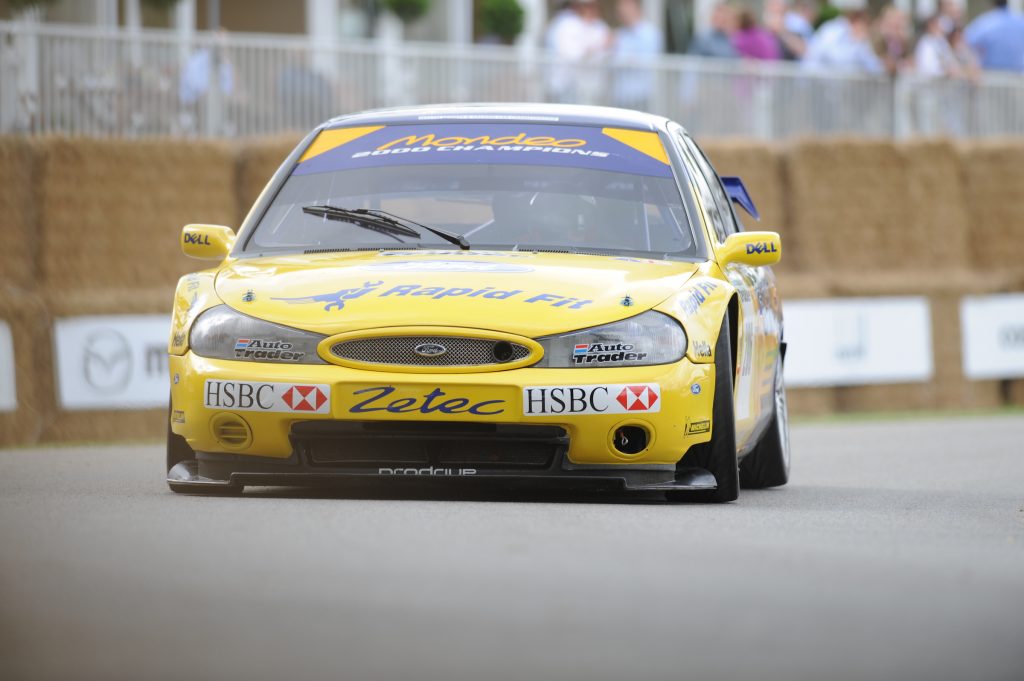
There wasn’t a whole lot to criticise about 1993’s Mondeo but after the dramatically styled Sierra, the Mondeo’s generic styling was one of few weak links in the chain. It was a link that Ford would reinforce when a significantly-facelifted car was unveiled in 1996 – and it was a refresh so comprehensive that the car has since been widely referred to as the Mk2.
Visually the new model’s styling was smoother and featured elements of the brand’s “New Edge” design language seen in the Ka and later the Puma, while the lightly updated cabin featured a bump in tactile quality and improved seat comfort. The Zetec engines were tweaked for greater refinement and to meet the latest emissions regulations and crash safety was improved, but weight actually dropped 15kg on average. It was enough to elevate the Mondeo back towards the top of the class against new entries like Peugeot’s 406 and Nissan’s revised Primera, but not everything about the refresh went so smoothly…
How the Mondeo lost ECOTY in 2001
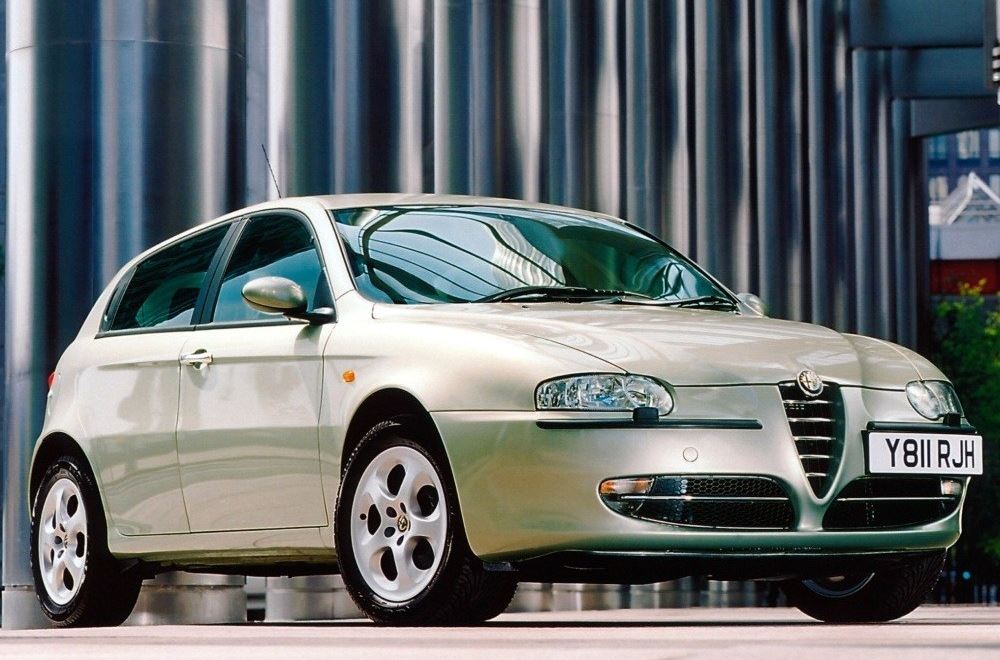
The judges couldn’t understand it. Or, at least, some of the judges couldn’t… At the closing of votes for the 2001 European Car of the Year, the second generation Ford Mondeo lost out to the Alfa Romeo 147 by a single point. This left many perplexed, as the consensus was Ford had another winner on its hands – the first generation Mondeo won ECOTY in 1994 – a car that was at the top of its class, bringing family car buyers a fantastic package at an affordable price. It should have walked it.
Unfortunately for Ford, the French judging contingent had placed the Mondeo on an inspection ramp and, after discovering writing on the dampers that said they were for the ECOTY cars, decided to award the car nul points.
That, according to one insider on the judging panel for the 2001 European Car of the Year, is why the Mondeo lost a competition it patently should have won. A valuable marketing tactic slipped through Ford’s grasp, and was handed on a plate to Alfa Romeo. At the awards ceremony, Paolo Cantarella, the chief executive of the Fiat Group, which owned Alfa Romeo, admitted to one of the judges, ‘I don’t think we [Alfa Romeo] should be here’.
Stimulating Transport: Ford’s hot Mondeo ST200
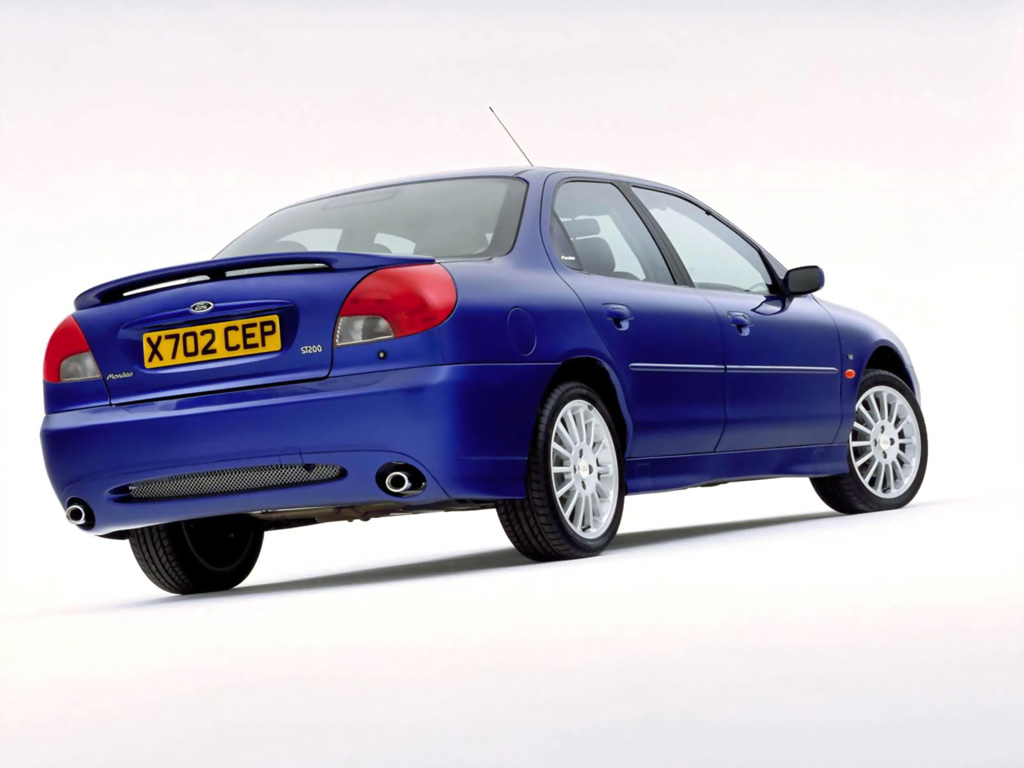
Ford used to call its Transit the “backbone of Britain”. If that’s the case, then fast Fords are its beating heart, desirable and accessible to almost all. Ford never really entertained the concept of a hot Mondeo with the first generation despite Si and 24v models, perhaps deterred by the decade’s high insurance rates. It wasted less time when the heavily updated mk2 Mondeo rolled around though, first with the racy ST24 and then more seriously with 1999’s ST200.
While not a homologation model for Ford’s BTCC campaign, it did a passable impression on its multi-spoke alloys and exclusively offered in Imperial Blue – or Ford Racing Blue, as Ford dubbed it for the car. The special treatment though was primarily reserved for the engine, whose new cams, intake, exhaust and polished ports boosted power to 202bhp to the ST24’s 168bhp. Suspension and geometry was different too; a civilised yet entertaining package the result.
BTCC success
Many will associate the Mondeo with Nigel Mansell, and a certain accident in 1993 at Donington Park that, happily, Mansell made a full recovery from. Talented though the Mondeo was it was not a born competitor and instead had motorsport capability thrust upon it. First to roll up its sleeves was Andy Rouse as his engineering outfit sought a new challenger for the BTCC’s 2-litre formula. It found victory at the Touring Car World Cup in Monza in 1993 and 1994 with Paul Radisich at the helm, but couldn’t snatch a BTCC title against stiff competition.
The mid-90s were a dry patch too but in 1999 responsibility passed to Prodrive, who figuratively and literally ran with it. Nobody could touch Nissan in ’99, but with 1997 champ Alain Menu at the wheel, supported by tin-top ace Anthony Reid and 98 champ Rickard Rydell, Ford dominated in the super touring era’s final season, 2000, and gave owners of the road-going ST200 plenty of reflected glory in which to bask.
The third generation
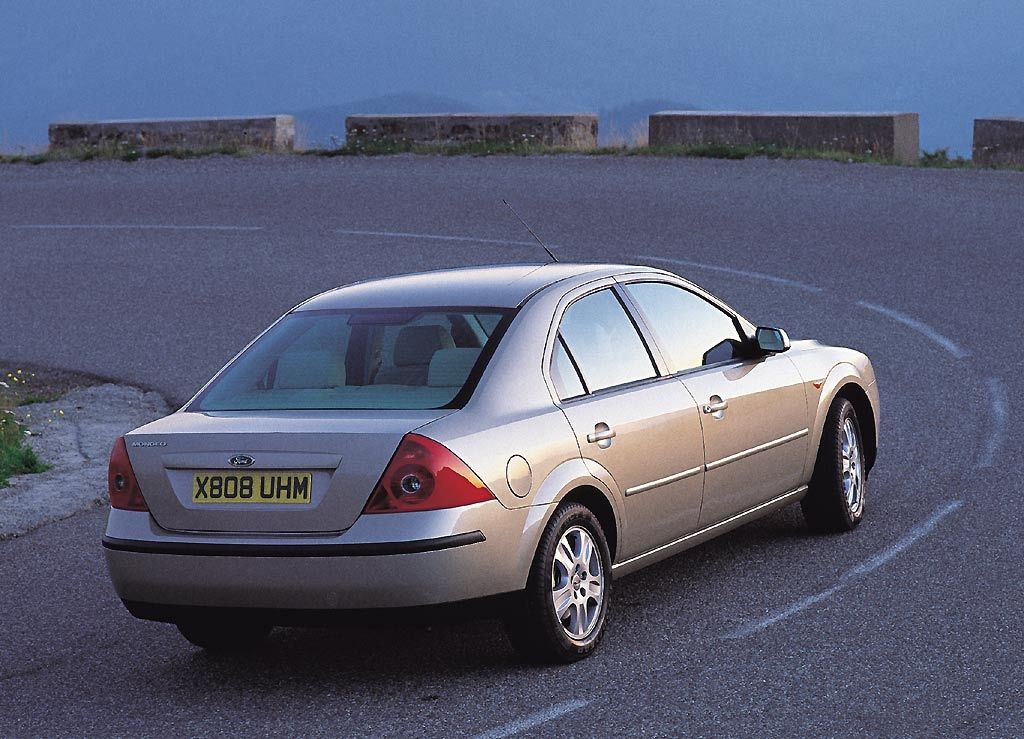
A refinement in all areas, the third-generation Mondeo launched in 2000 could be considered best of the bunch. Reviews at the time noted more than a little similarity to the contemporary Volkswagen Passat – not just in the new Mondeo’s restrained styling inside and out, but also the standard of its build quality compared to the previous generation.
And yet, none of Ford’s dynamic nous had been lost. It was, if anything, even more capable than before, larger, safer and more comfortable, but just as sharp. Ford once again introduced a performance variant with the ST220 – a car that prompted Jeremy Clarkson, in a 2006 episode of Top Gear, to ask “Why do we buy anything else?”
Rarer than a BMW 3-series
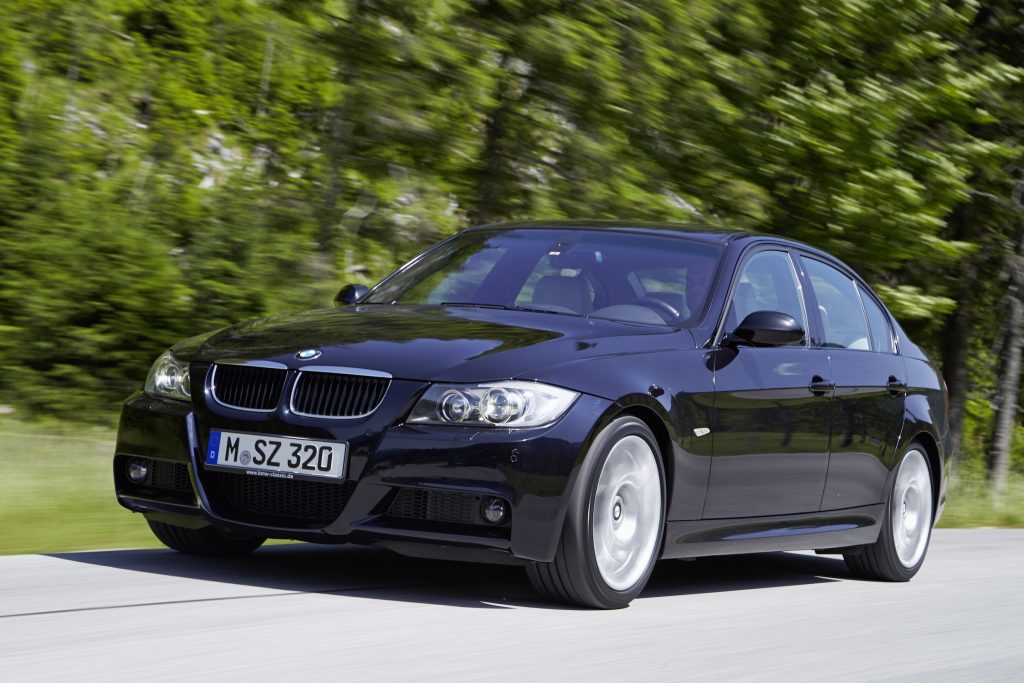
Clarkson’s review of the ST220 didn’t just highlight how accurately Ford had hit the mark with its third-generation Mondeo – it also noted that in 2005, BMW’s 3-series outsold the Ford. What was once a relatively exclusive car itself, the car that middle-managers across the land aspired to trade into from their volume repmobiles, had overtaken one of the nation’s former favourites.
If you could pick a point, this was probably the beginning of the end for the Mondeo. Over the following years it wouldn’t just be outsold by the 3-series, but also cars like the Mercedes C-class and Audi A4, not to mention competition from within Ford, in the guise of the excellent Focus and SUVs such as the Kuga. The draw of a premium badge was simply stronger, the difference in monthly payments or company car tax minimal… and as customers moved into crossovers, the very class in which the Mondeo competed began to dry up.
End of production
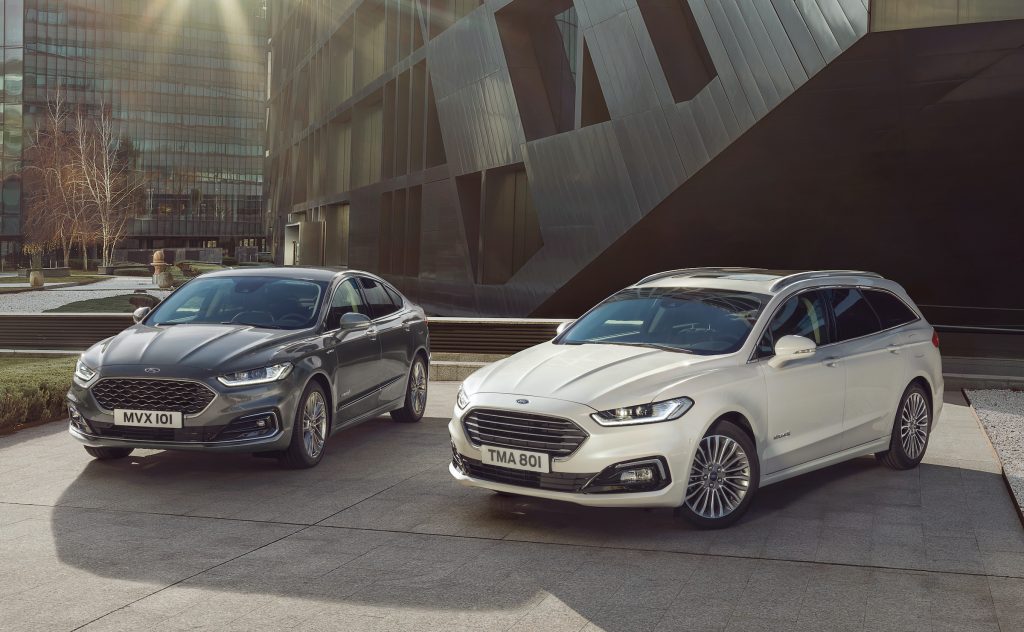
And so we arrive in 2021, and the news that Ford is to end Mondeo production in 2022. Ford broke the news quietly, under the auspice of increased production of battery electric vehicles and new drivetrains at its plant in Valencia.
It’s telling that even the Galaxy and S-Max will continue, themselves competing in a segment endangered by the rise of crossovers like the Puma and Kuga. The Mondeo will leave with a whimper in contrast to the fanfare of its launch – the model introduced in 2014 never really hit the spot as a driver’s car in the same way its predecessors did – but its passing after 29 years will mark the end of one of Ford’s greatest model lines.
Read more
The secret cars of Ford
These 10 affordable Fords will be fun to drive while you wait for them to attain classic status
Little red devil: MST Mk2 review









Such a shame, I always thought the last gen looked better than the German rivals too.
I still have my 2008 MK4 Mondeo Titanium, not as aggressive as the new one but still handsome. It’s a mile muncher and being the rare 5 cylinder 2.5T it pulls away very nicely, quite the sleeper! On the motorway you can pop it in 6th and with the engine at almost a fast idle and a large tank of dino-juice it’ll take you 600+miles from where you started.